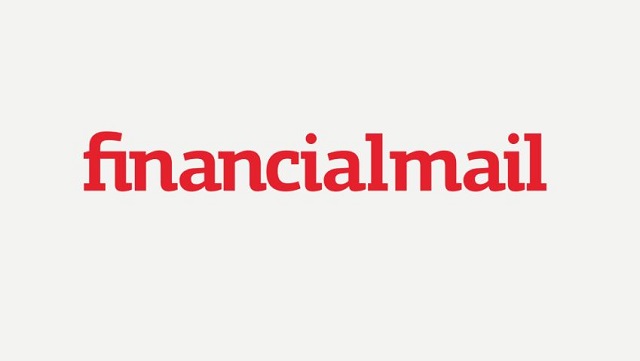BrightRock is no longer a small player: last year it had annual premium income of R1.6bn and new business of R433m
At a time when insurtech businesses are cutting out the middleman, BrightRock, just seven years old, stands out as the poster child for the traditional intermediary-based model. Its total premium income was up 43% in 2018, at a time when its parent company, Sanlam Personal Finance (SPF), saw a modest 4% increase in business volumes.
And BrightRock is no longer a small player: last year it had annual premium income of R1.6bn and new business of R433m. It now has a 12% market share of large-risk policies sold by independent financial advisers (IFAs), making it the fourth-largest player.
Average monthly premiums are R1,400, but there is no minimum if the client has a need for only modest cover.
BrightRock is currently writing half of all lump-sum disability policies.
BrightRock products are distributed by 4,400 IFAs. It takes what is called a needs-based approach which is too complex to manage on the back of a cigarette box. There are in effect six separate mini-policies to cover household needs, debt, childcare needs, death-related costs (such as estate duty), health-care costs and unexpected costs.
When the cover is no longer for debt or for children, premiums can be reweighted to take care of expected increases in the costs of the other benefits. When the need for cover has fallen overall, premium increases can be curbed.
“We have found that clients have switched to BrightRock after getting a 20% premium increase from a competitor,” says CEO Schalk Malan.
He says the needs-based approach does not just apply to individual life, death and critical illness policies. It has already expanded in the highly commoditised group risk market.
“And logically one day we will address one of the most important needs, which is savings. Then we would handle both sides of the personal balance sheet.” Jurie Strydom, CEO of SPF, says the group was attracted by BrightRock’s innovative approach and fast growth.
It liked the founder-managed culture and it has no intention of integrating the business operations. BrightRock owes its success to date to the four founders, all Discovery-trained, each with their own area of expertise. The four are: Malan, an actuary with extensive product development experience; Sean Hanlon, the sales and distribution tsar; Leopold Malan, the data processing guru; and Suzanne Stevens, who heads marketing and communications.
Many people’s first encounter with the BrightRock brand is on the shirts of the Stormers and Western Province rugby teams. It is also a good recruiting tool as Cape Town has more actuaries per head than anywhere else in SA. But BrightRock has not introduced a loyalty programme along the lines of Vitality or Multiply. Malan says life insurance is about providing a precise sum for an agreed premium. This sum should not depend on reaching sapphire status.
Strydom says BrightRock is distinct from Sanlam’s main in-house innovation hub, Indie, which is going for a direct market.
But in turn Indie will have more bells and whistles, such as a savings component, than the vanilla price-driven MiWay Life, also in the Sanlam empire.
Sanlam bought control of BrightRock from Lombard Life. Lombard is one of the vehicles used by the Enthoven family to invest in start-up insurers.
The Enthovens have incubated some highly successful insurers such as Hollard and Telesure, which owns Auto & General and Dialdirect. Malan says that BrightRock, even as an intermediated business, is a child of the digital era: even 10 years ago it would have been impossible to manage a product set as complex as it is now, with the technology of the day.
“We would argue that with the growing flood of information, advice is more important than ever,” Malan says.
BrightRock has not yet seen a direct imitation of its needs-based approach but it is slowly changing some industry practices. BrightRock got rid of the survival period, which had meant that anyone who died within 14 days of a traumatic event was not paid disability cover. Momentum has now followed suit.
BrightRock came into the group risk market last May and it signed on 50 schemes, none of them whales.
But it would have still been a small contributor to premium flow. As part of the needs-based approach, instead of giving a fixed four times salary it looks at the number of pay cheques left in the member’s career. It has enabled it to offer 40% more cover per premium on average, though older members could see a significant cut in benefits.
BrightRock’s licence is made available to funeral parlours to offer assistance products such as funeral policies.
Malan says this allows BrightRock to deploy its technology into the area, though he admits it has little expertise in the market and is unlikely to focus there.
This article was written by Stephen Cranston and originally published in the Financial Mail on 02 May 2019.
